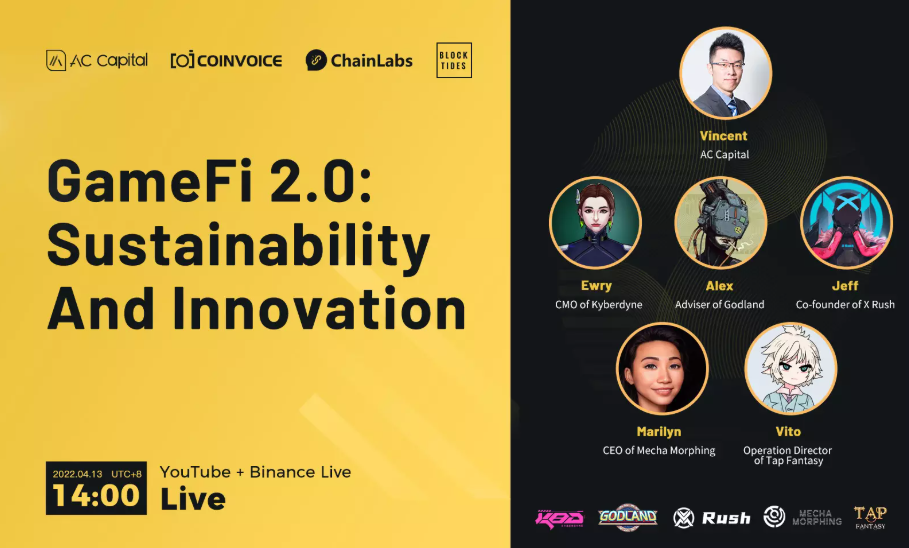
As GameFi are rapidly growing, Coinvoice invited leaders from gaming projects come together to discuss GameFi 2.0: Innovation and Sustainability.
Join this Panel speakers:
- Marilyn丨CEO of @MechaMorphing
- Ewry 丨 CMO of @Kyberdyne
- Alex 丨Adviser of @Godland
- Jeff丨Co-founder of @XRush
- Vito 丨Operation Director Of @Tap Fantasy
Q1: We reckon the PlayToEarn model created by Axie Infinity is an undoubtedly revolutionary innovation. While this P2E model is highly praised, there are also problems existing. What are the current problems of GameFi from the perspective of developers?
Vito 丨Operation Director of @Tap Fantasy: One of the problems is that the community is kind of small like currently, but I'm not saying like it because it gonna grow, I believe, in the future. It's kind of like a niche market. Right now it needs some time to grow in the future.
Another problem I see currently is in most of the games, especially the crypto games, the playability of the game itself is kind of low because most of the people come there just for quick money. They just don't care too much about the game itself because the game is kind of boring, they won't spend too much time on the game. Once the player realizes this problem, they probably just gonna disappear and quit the project.
For the deaths, the economic model must be well protected so that it won't be easily collapsed.
Alex 丨Adviser of @Godland: Most of the GameFi projects at present is just a simple copy from the traditional games. It just replaces the in-game currencies with tokens and the characters and equipment. In my opinion, it makes no sense to simply move Web 2.0 games into the Web 3.0 world.
It's like putting a stone age grass house in a modern city full of skyscrapers. People in the city would not accept it. We want to do something different so we are focusing on crypto native games. We have enabled more game studios and individual developers to develop crypto native games more efficiently through our gaming protocols. It's like building a skyscraper in a modern city.
The second problem, as just mentioned by Vito, is playability. Most of the GameFi projects at present are just automatic battles, automatic upgrades and get rewards. So they are not too playable at all, which is why almost all the players just focus on the revenue. In this case, when the revenue declines, the users will go and the revenue will decline further, which leads to the death squirrel.
In the perspective of the developer, it is really hard for them to look for ways to improve the gameplay. For example, in the traditional games, the equipment upgrade system in Monster Hunter, a well-known traditional game, players collect different materials to synthesize different equipment. This is a simple game feature in traditional games, which recruits the game playability by increasing strategies and diversity.
However, in crypto native games, the problem is that NFT cannot be upgradeable on-chain. Currently, our GameFi uses a centralized service to save NFT upgrade data, it's not a crypto native way. So we implement the on-chain NFT upgrade system by using completely different solutions. Based on our protocols, we provide a new data layer for each NFT that can save the data changes of NFT on the blockchain. Since all the data is recorded and saved in a smart contract, it can realize the on-chain NFT upgrade. That protocol is open to all the developers to provide them with a tool to realize complex game features in the crypto native games.
One more thing is about the interconnectivity. The GameFi projects are similar to Web 2.0 games. The activities are based on the centralized service. Based on that such games are kind of isolated from each other. In the future, every game and application should be opened and interconnected.
To achieve this goal, two things have to be done. First, GameFi projects need to have a decentralized game architecture. Second, they have to open access to all of the data to each other. The Metaverse gaming protocols enable the developers to efficiently develop the decentralized games while enabling the data sharing between the games.
Marilyn|CEO of @Mecha Morphing: From a technical perspective, as the chains get busier, they are unstable and they will affect the latency of the gameplay. The blockchain mechanisms won't be able to process certain experiences smoothly. As of now, it seems like won't be able to rely fully on blockchain. There will be some centralized parts to battle this.
In Mecha Morphing, at least we try to make all the centralized parts as public as possible. Our asset data is open to the public so that they can check it out and make the best decision. As far as safety goes, I think this is the best bet until we can find a better way to do this on blockchain without resistance so that they can have a smoother game experience.
Jeff丨Co-founder of @XRush: The centralized station is also the problem that I want to point out here. It has been a problem that confuses the blockchain for a long time that security, scalability and decentralization cannot be achieved at the same time. We have to do something like trade-offs. We are focused on the GameFi mobile apps so we noticed that most of the GameFi apps require a centralized way for users to register. For example, people still need to register with their emails to log into the game. The centralized method will lead to problems like user privacy leakage, data loss, and tempering.
We realize the interconnect communication between the game apps and the decentralized wallet. After connecting to our wallet, players can log into the game through the wallet addresses. But we also make some trade-offs because we decided to put more important data on chains. In that way, we can achieve faster transactions in-game.
Ewry 丨 CMO of @Kyberdyne: It is clear to see a user acquiring long-term projects and sustainable economic models. The most important thing is to enable the players to earn profit and drive them to the immersive gameplay experience. Kyberdyne would like to help players to keep earning profits during the exploration and adventure in the game.
Q2: In terms of GameFi trends, we see that some GameFi projects like Axie Infinity and Thetan Arena provide a free-to-play mode to attract new players who may be interested in playing but unwilling to pay, this is so-called FreeToEarn. What do you think of this trend?
Marilyn|CEO of @Mecha Morphing: Free-to-play or free-to-earn model is a good stepping stone to transit some potential new players into the space without putting so much money. Those players may enjoy games but they may not want to invest because of the risk associated with the general space. Within our game, we have a leasing system so that players don't have to necessarily buy an NFT upfront. They can just lease for a day to see the potential they can earn.
PVE mode is catered more towards players who are there to earn. It takes away the skill sets and the interaction. The other game modes are more driven by players who want to play the game. That's where the PVP mode comes in because it's more skill-based and more involved in the community with other players.
Currently, the space is filled with players that are here to earn. We also want to attract the players who want to enjoy the game. The only way to do that is to hear our community.
Ewry | CMO of @Kyberdyne: The concept that users' demand is the core value. In traditional games, users are always the core value. We captured the development trend and the users' demand in the early stage.
First of all, the paid model will transit into the free mode in GameFi. Kyberdyne has built a pure P2E model where users can use the free initial cards given by the system to experience the game without any investment to earn our game token, which is the K Gold.
Players can also use their earned K Golds to rent an NFT from other users in the market and directly use the NFT for accelerating their own earnings.
Additionally, for the daily benefits, players can also use K Golds to draw cards directly and obtain highly upgraded NFT cards.
Alex丨Adviser of @Godland: Free-to-earn model is a good marketing strategy. The game itself should be more playable if the free-to-earn mechanism wants to succeed. Converting the non-paying players to paying players is challenging. We need a complicated mechanism inside the game to gradually attract the players and lock them in. We also need operational procedures to increase that conversion rate.
For our products, there's a game already launched, which is the first cross-chain NFT fighting game. The game uses the free-to-earn model. Players who have specific NFT on different chains can participate and play against other players in the game. They will get 3 times per day for free to fight.
For example, if you have a Cryptopunk on Ethereum, you can activate heroes on the BSC chain. This game is a part of our main game to attract users to join the ecosystem and make more people understand our cross-chain technology innovations.
The users are converted into paying users by a leaderboard we developed. If the players want to get a higher rank, they have to play more and pay more tokens to play after they finish their free trials. Some players want to get rewards from the leaderboard so they are willing to pay.
We have to deal with the playability so as to make the free-to-earn model sucessful like the traditional games.
Jeff丨Co-founder of @XRush: Play for free is an excellent way to raise awareness to the public. It cuts the barriers and leads the players to know more about your game in the first place.
There are two types of players in the blockchain industry. We can separate them into short-term players and long-term players. One is asking for short-term benefits, while the others pay more attention to the game itself. If we want to make the game more sustainable, we have to come up with ways that convert those short-term players into long-term players.
Vincent:DeFi needs to figure out what's going on in the game., if you are talking to players or you would write default, you would treat everyone as your player. So for the players, you need to balance out, try not to make the game overly complicated.
Q3: What is the next biggest trend in GameFi in terms of gameplay, market participants, tokenomics design or game design. Is sustainability important to GameFi from the player's point of view? Many P2E games are more of a short-term project right now. What are your suggestions for building a sustainable GameFi?
Vito丨Operation Director of @Tap Fantasy: Personally I think it's gonna be more socialized. We encourage people to participate and be more socialized. It is good for the economical system as well. If there are no free-to-play users in the game, all the users are just concentrating on how to beat each other. The economical system will be fragile.
Metaverse is the future. We've decided to make lots of features such as world balls, dungeons, as well as lots of wallpapers and NFTs after you can design and customize by yourself.
We're trying to deliver a message to the users that this is not a short-term investment. The more time you stick with us, the more profit you will generate. For example, we have some proposals such as certified guilds because our PVP arena is based on the season. Once the season is finished, the guild which ranks top 1 can have a collaboration with us based on the NFT customized.
Jeff丨Co-founder of @XRush: Socialization is a crucial part. Projects need to introduce in-game rental system or fighting system to give people more opportunities to talk with each other, make negotiation with each other.
Alex丨Adviser of @Godland: Social gaming should be a big trend in the future GameFi industry. Players will have various social needs for the game. They discuss with each other a lot. Such needs will also in turn make the game more prosperous.
For our products, we built a decentralized social network. Based on the design of the in-game social mechanism and the introduction of invitation incentives, players will spontaneously want their friends to join the game. It's like the referral system, but it's totally decentralized.
The metaverse gaming protocols we developed help the players to create their passports on the blockchain. It also records the social relationships between them.
The interactions in the game are really complicated. The data of the social relationships and the behaviors that are recorded on the chain will enable a more accurate portrait of the users. It may become the foundation for building the social network in Web3.0 world in the future.
Another trend that may happen in the future is that we believe the future games should be decentralized. Because we think only the decentralized game can be part of the future Metaverse. The ideal Metaverse should be diversified. Every game and application should be independent but also be interconnected. They are integrated together to form a real Metaverse.
Another thing is that we need playability. The fact is that the game designed in centralized way can improve the playability, that's what the on-chain games need too. This is a big challenge we're faced with. so we need more infrastructure to deal with the problem. That's why we developed the Metaverse protocols. Based on that we give a new data layer to each NFT to realize on-chain NFT upgrade. The protocol is open to all developers to provide a choice to realize the more playable game mechanism design for on-chain games.
The biggest trend in the future i think is that there will be more than one single game ecosystem. Building all the DeFi, GameFi projects on one blockchain restricts the participation. As the Metaverse is a big innovation like Internet that will drives loads of participation, and the user will not care about which chain the project is built on but the Metaverse itself. In the future, we will have the Ethereum servers, the Binance Smart Chain servers, the Avalanche servers...and more importantly all these servers are connected.
Listen the full episode of GameFi 2.0: Innovation and Sustainability, please check
https://www.binance.com/en/live/video?roomId=2101926 .
Subscribe CoinVoice on Binance Live for more upcoming episodes on blockchain and GameFi trends
声明:本内容为作者独立观点,不代表 CoinVoice 立场,且不构成投资建议,请谨慎对待,如需报道或加入交流群,请联系微信:VOICE-V。
简介:关注金融科技新变量,提供优质、原创、深度的新金融、区块链科技资讯

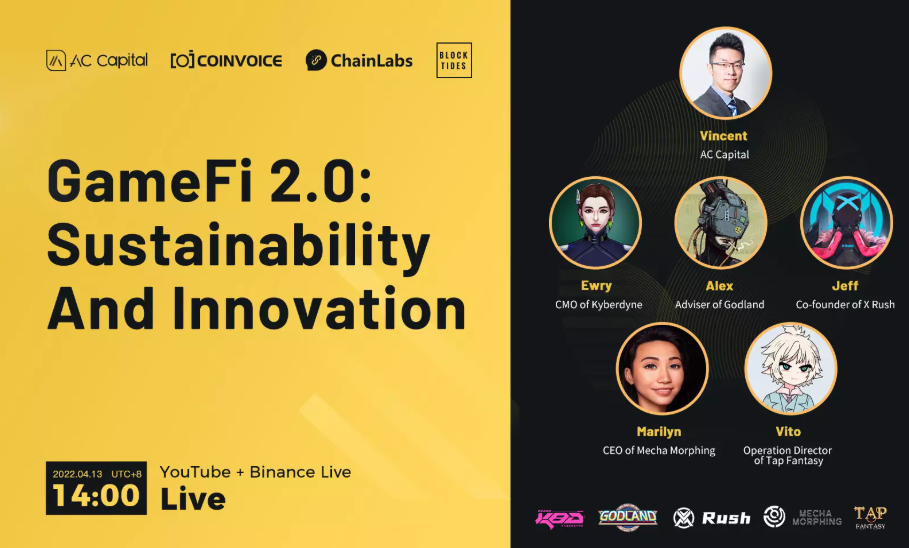
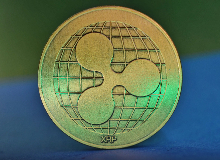

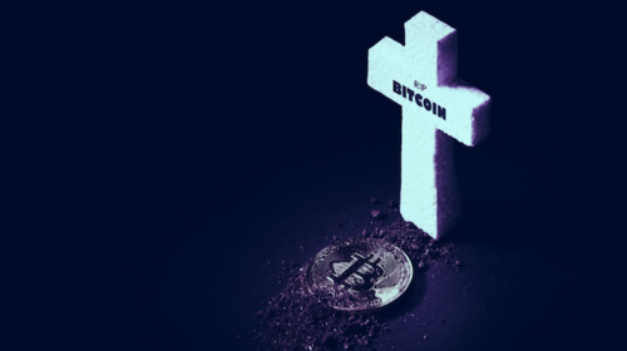
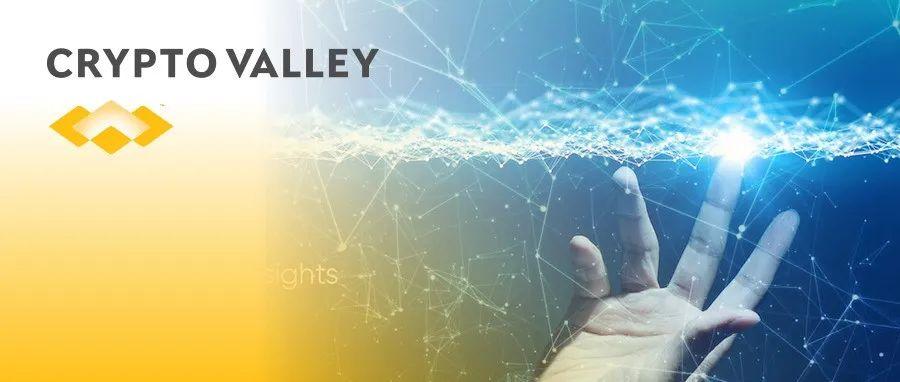


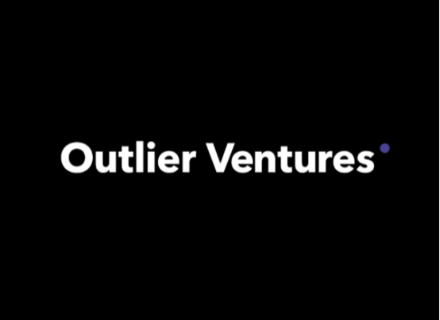



评论0条